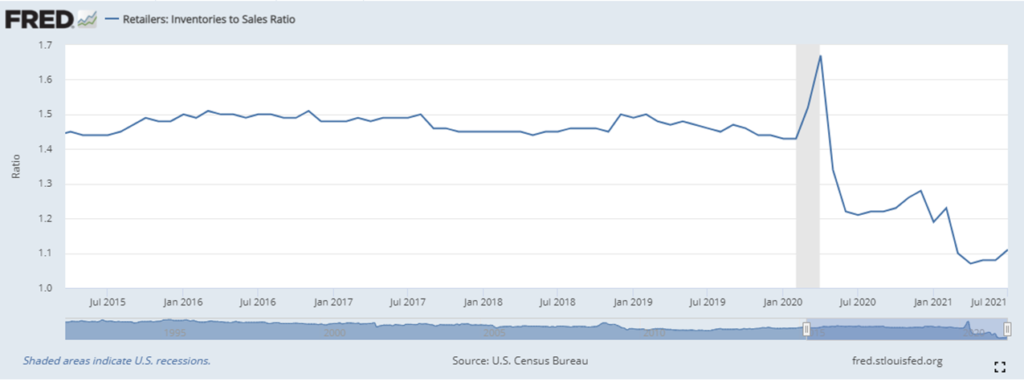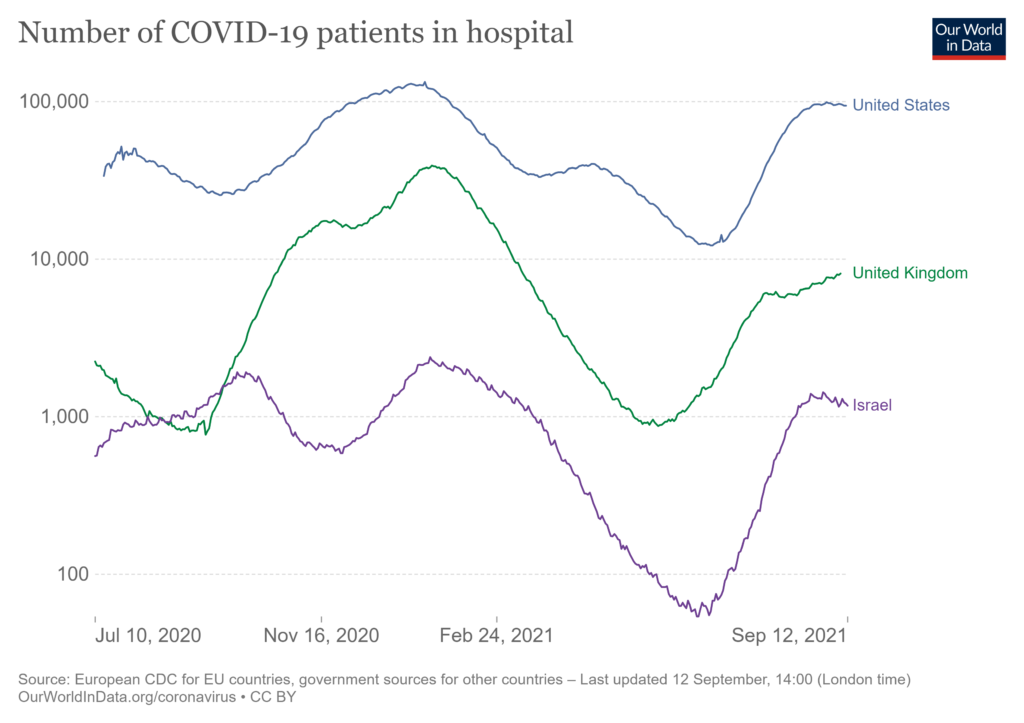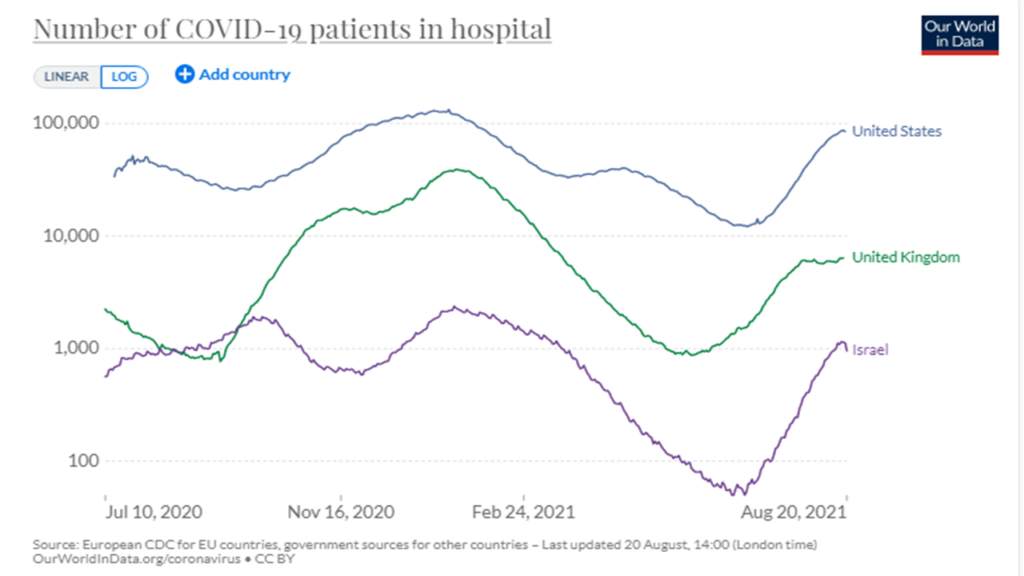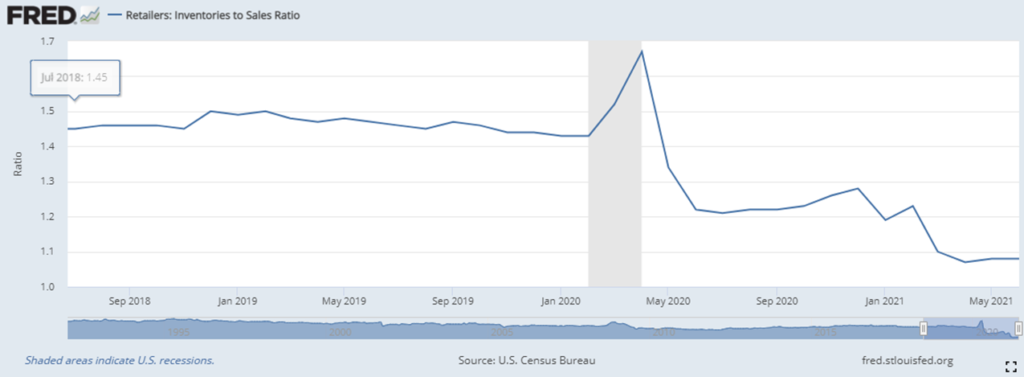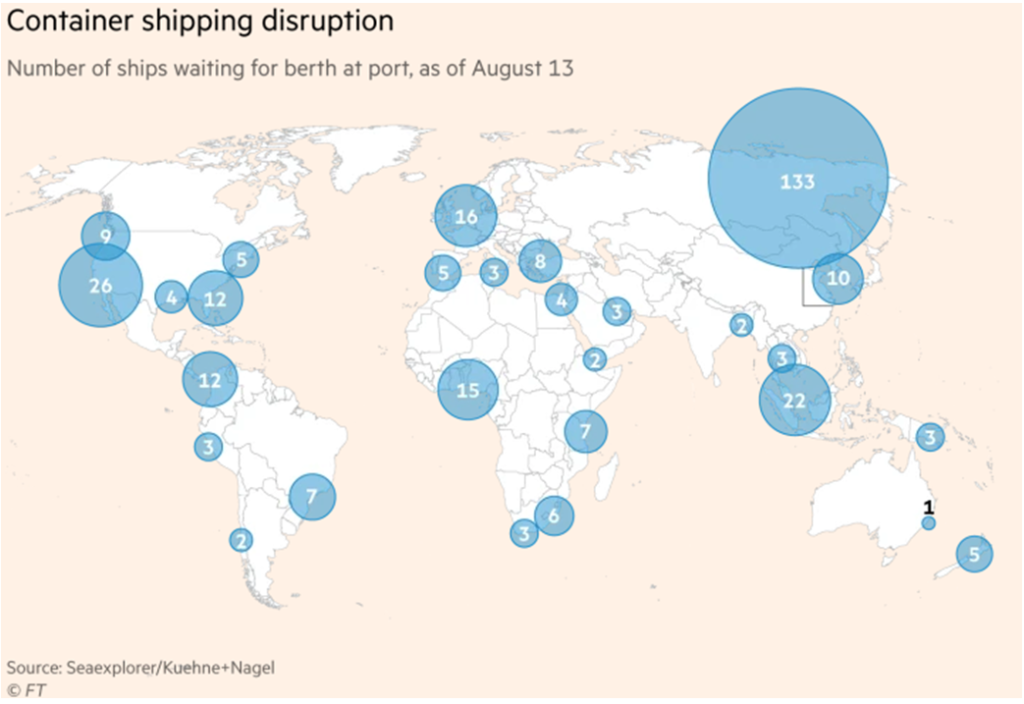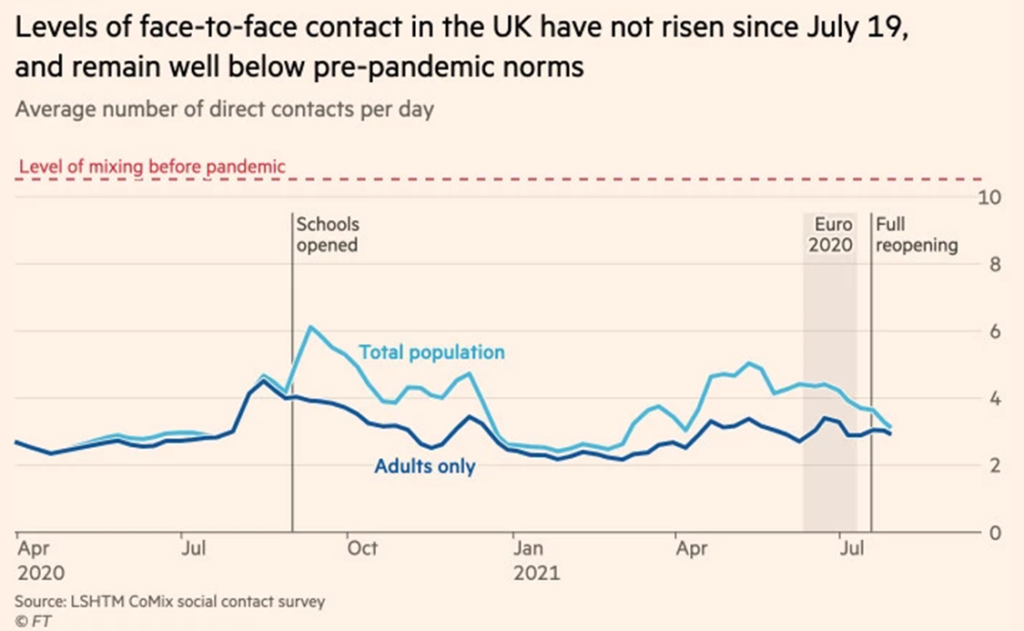Some of our problems begin with the label: supply chain. Chains are linked, which is helpful. But chains do not flow, rather they tend to tangle. For too many, mental images spawned by the term (supply chain) reinforce perceptions of linear links connecting origins with destinations. Replace weak links or untangle twisted links and problems are solved. It has not been that simple for at least a half-century (maybe never).
Wider understanding of demand and supply networks is also obscured by the wonderful work of Walmart, FedEx, UPS, Amazon and others in eliminating consumer-facing friction and related costs. Until recently it seemed so simple to track a package (often delivered with “free” shipping). If possible for a pair of shoes or books or dog food, why not several million computer chips?
Why can’t the Secretary of Commerce pull up on her smartphone (or at least on her secure laptop), a General Motors batch order of semiconductors and immediately see which fabrication plant or port or warehouse or cargo-carrier is causing the delay? As Secretary Raimondo explained on Friday, all she wants to do is solve the problem.
Demand and supply networks are not so simple. Network behaviors are especially susceptible to misaligned angles of perception. According to the economist Richard Sugden,
Most modern economic theory describes a world presided over by a government (not, significantly, by governments), and sees this world through the government’s eyes. The government is supposed to have the responsibility, the will and the power to restructure society in whatever way maximizes social welfare; like the US Cavalry in a good Western, the government stands ready to rush to the rescue whenever the market ‘fails’, and the economist’s job is to advise it on when and how to do so. Private individuals, in contrast, are credited with little or no ability to solve collective problems among themselves. This makes for a distorted view of some important economic and political issues.
Behind the clean lines of our tracking interfaces is a wickedly complex socio-technical system constantly pushing and pulling to calibrate high volume demand with right-velocity supply. Information is analyzed and financial transactions are dissected to move the most “units” at least cost to arrive at the right place at the right time to motivate more buying. Upstream from every very busy Fulfillment Center is a boiling, thrashing flood of flows cascading across space and time toward the wants and needs of 8 billion humans and all our related creatures and creations. The day-to-day creators and managers of this flood and flow are mostly “private individuals.”
High volume, high velocity demand and supply networks (and some low velocity too) are complex adaptive systems where a large number of independent, heterogeneous and (often) competitive agents interact dynamically (sometimes collaboratively) to shape flows and outcomes across the entire system through self-organization and self-similarity at multiple scales. Individual agents and the whole-system demonstrate adaptive behaviors that result in the emergence of functions and outcomes that transcend the capabilities of any individual agent or sub-system.
In my judgment this process of emergence has now created a global commons of demand and supply where the networks of information exchange, financial transaction, and physical movement are Common Pool Resources benefiting the vast majority of “supply chain” participants in most places most of the time.
In 2009 Elinor Ostrom, a great scholar of Common Pool Resources, was awarded the Nobel Prize for Economics. In her Prize Lecture, Ostrom highlights six recurring characteristics of effective problem-solving among stakeholders dealing with both public-goods and common pool resource challenges:
- Communication is feasible with the full set of participants. When face-to-face communication is possible, participants use facial expressions, physical actions, and the way that words are expressed to judge the trustworthiness of the others involved.
- Reputations of participants are known. Knowing the past history of other participants, who may not be personally known prior to interaction, increases the likelihood of cooperation.
- High marginal per capita return (MPCR). When MPCR is high, each participant can know that their own contributions make a bigger difference than with low MPCR and that others are more likely to recognize this relationship.
- Entry or exit capabilities. If participants can exit a situation at low cost, this gives them an opportunity not to be a sucker and others can recognize that cooperators may leave (and enter other situations) if their cooperation is not reciprocated.
- Longer time horizon. Participants can anticipate that more could be earned through cooperation over a long time period versus a short time.
- Agreed-upon sanctioning capabilities. While external sanctions or imposed sanctioning systems may reduce cooperation, when participants themselves agree to a sanctioning system they frequently do not need to use sanctions at a high volume and net benefits can be improved substantially.
Again and again, these are behaviors that supply chain stakeholders experience and demonstrate. As with most complex adaptive systems these behaviors are duplicated across very different scales of time and space: immediate and local to durable and global. These interactions are most often entirely private-private, occasionally facilitated by civic organizations such as associations or academic institutions. Governments can play a role, especially in convening and facilitating. But self-restraint is especially difficult for public sector players when crises unfold. Secretary Raimondo’s sense of urgency is not inappropriate. It is uncertain of best targets. It may also underestimate solution-paths already underway. (But the read-out of last week’s semiconductor consultation and a few quick conversations with participants suggests reality is not yet rejected and may even be, reluctantly, increasingly accepted.)
Current production capacity almost always reflects recent demand velocities. Sudden spikes in demand velocity are usually observed with considerable skepticism. Production capacity — especially for something as sophisticated as semiconductors — does not come cheap. No one wants to over-invest in a passing fad or soon-to-disappear legacy. But sustained effectual demand is an effective motivator.
The pandemic’s Great Interruption continues to disrupt current supply capacity for semiconductors even as it accelerates and diversifies demand. It has been clear for nearly one year that much of this demand is durable and worth accelerated investment in capacity expansion. These investments are being made (here and here and here and here). Will new supply sources close the gap by this Christmas? No. By New Years Day 2023? Maybe. Are there ways that current capacity could be further streamlined, rationalized, prioritized — something — to reduce the current gap? Yes. Many efforts are already underway.
Is there a helpful role for the public sector? Yes. But probably not by attempting a forensic analysis of a complex adaptive system and then developing an intervention strategy (please see Sugden supra). Flow mapping is something very different. Government fiscal and monetary policies have already amplified aspects of demand surge. These interventions are softening, so public sector help has already started. State and federal policies can probably nudge a bit more onshoring of production capacity. I don’t see many wise opportunities for expediting expansion of production capacity. Unwise opportunities are always available, but marginal or unlikely rewards do not justify certain significant risks.
If undertaken with skill, insight, and appropriate restraint, the public sector can play an important role convening and facilitating the six characteristics of effective problem-solving that Ostrom has highlighted. There is a rich literature of many more rigorously researched and confirmed attributes of stakeholder problem-solving. I wish Dr. Ostrom was still with us to advise. But there is plenty of expertise available, if asked.
Toward the close of her Nobel Prize lecture, Dr. Ostrom sets out an action orientation and a series of fundamental questions:
… humans have a more complex motivational structure and more capability to solve social dilemmas than posited in earlier rational-choice theory. Designing institutions to force (or nudge) entirely self-interested individuals to achieve better outcomes has been the major goal posited by policy analysts for governments to accomplish for much of the past half century. Extensive empirical research leads me to argue that instead, a core goal of public policy should be to facilitate the development of institutions that bring out the best in humans. We need to ask how diverse polycentric institutions help or hinder the innovativeness, learning, adapting, trustworthiness, levels of cooperation of participants, and the achievement of more effective, equitable, and sustainable outcomes at multiple scales.
The set of questions recently posed by the Department of Commerce implies that many supply chain stakeholders must be idiots or are too greedy or short-sighted or functionally incompetent or… something needing government guidance — to make choices consistent with their long-term self-interest and the public good. The questions imply that if the government receives honest answers, the government will be able to craft a rational solution. At least to me this reveals a Newtonian confidence poorly calibrated to a much more Quantum context. Continued private-private and private-public conversations can be very constructive. Please trash the hubris.

